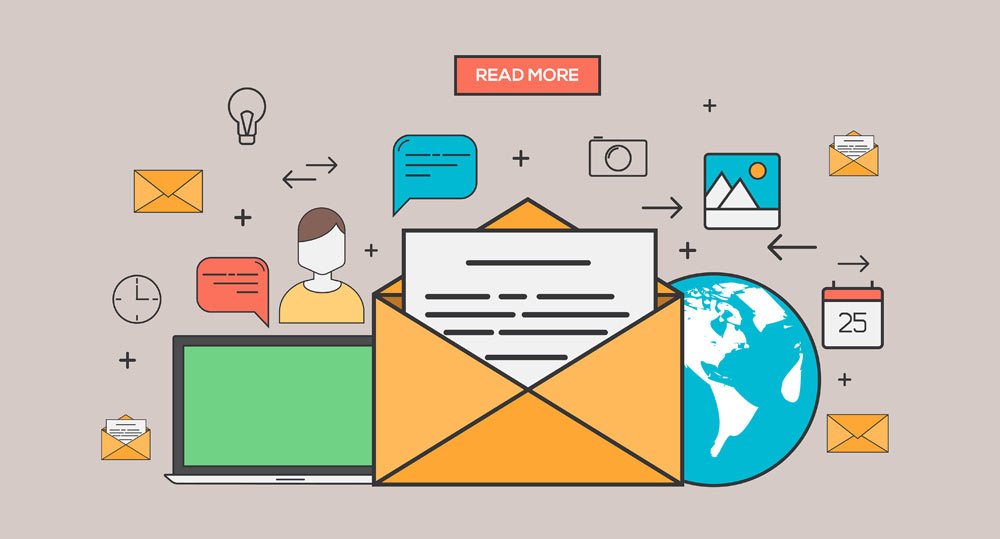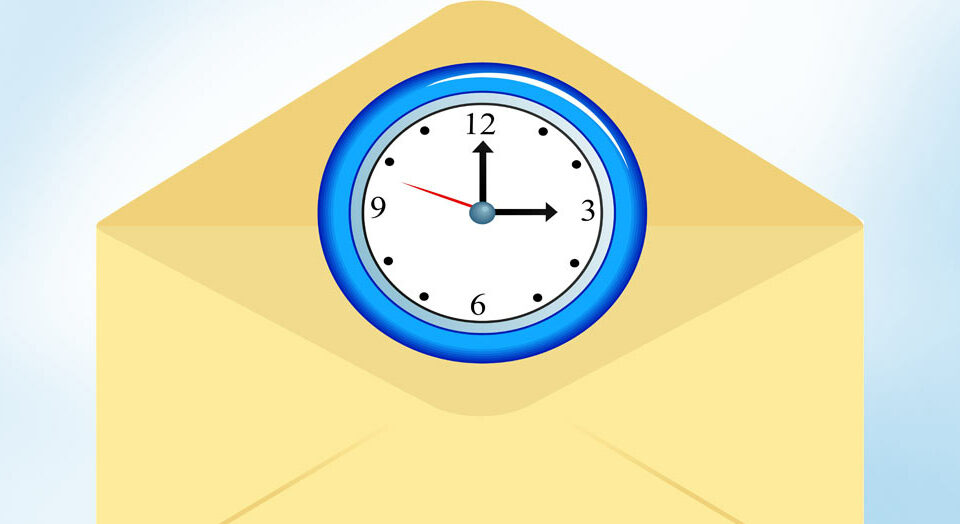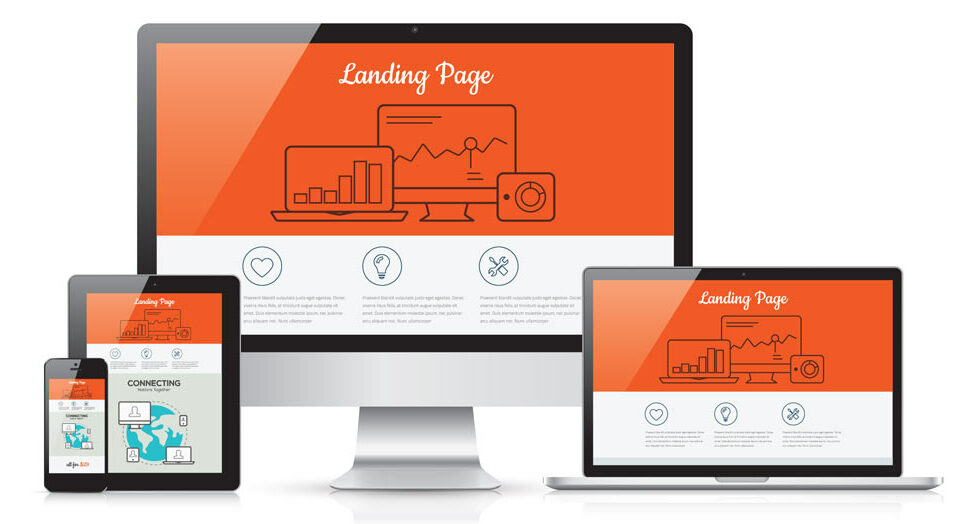
Save The World, Make Your Website Faster
October 30, 2014
Anatomy Of An Email
March 13, 2015How To Successfully Use Email Marketing

As much as the mail boxes outside of our homes are full of mail, our E-Mail boxes are even worse. E-Mail marketing is popular, it is relatively inexpensive and not that difficult to do. Just like any other form of marketing, in order to get noticed, it needs to stand out. Here are some basic ideas you should be implementing.
State the purpose of the E-Mail upfront
Keep your message short and direct while stating the main point at the start and in the subject line. Few people want to wade through a lot of copy to figure out what you are trying to say. They will end up editing your E-Mail with their delete key. Brevity is best. Also keep in mind those people who read E-Mails on mobile devices Space is limited and your copy should be too.
Make sure your list is good
If you use an E-Mail list from a list vendor, don’t expect it to perform as well as a list you have generated yourself. Think of the unwanted E-Mails you receive every day and picture your logo or brand there. Every list, no matter where it comes from, needs to be maintained and updated on a regular basis.
Plan your E-Mails based on what your customers do
Analyze how customers react to what you send and modify what you do to increase results. If you send out multiple types of E-Mail, pay attention to who reacts to which E-Mail more. When someone wants to opt out of your list, provide a choice to continue receiving certain types of E-Mails instead of just opting out completely. All of this helps you understand what your audience wants.
Consistency of design and content
Keep the design, color scheme and overall look of your E-Mails consistent so the person receiving it gets accustomed to it. Simplicity is a must because the more complicated the design, the more apt your E-Mail will look different in different programs.
Create a schedule
Hopefully, whoever you are E-Mailing to will grow to expect your messages. If your E-Mail schedule is done on a regular basis, once a week for example, your customer will begin to expect it. If you are regularly offering discounts and sales messages on a certain day you will develop an awareness that “Saturday is Discount Day.”
Target your audience
If you are sending a variety of E-Mail types, don’t send all things to all people. It isn’t beneficial to send 10,000 messages to announce “members only event” if you only have 2000 members of your organization.
Less is more when it comes to frequency
How often you send E-Mail is a delicate balance between your need to get your message out and your customers’ and prospects’ desire to receive your message. It is easy to overdo it so err on the side of less is more.
Consider what kind of reaction you want
Your E-Mail, just like any other communication, should have a call to action. Give them a reason and a way to react to your message, but keep the choices limited to avoid confusion.
All of your E-Mail must be CAN-SPAM compliant
Never risk ruining your company or brand’s reputation by having your E-Mail communications considered spam. Every message you send must show who sent it with a postal address, a method of contact and a way to opt-out of your mail list.
E-Mail success comes from keeping your messages consistent in look and how often they are sent. Make them short and to the point with easy ways for someone to respond. Finally, make sure your list is accurate and keep analyzing your results to refine your message and increase your success rate.






